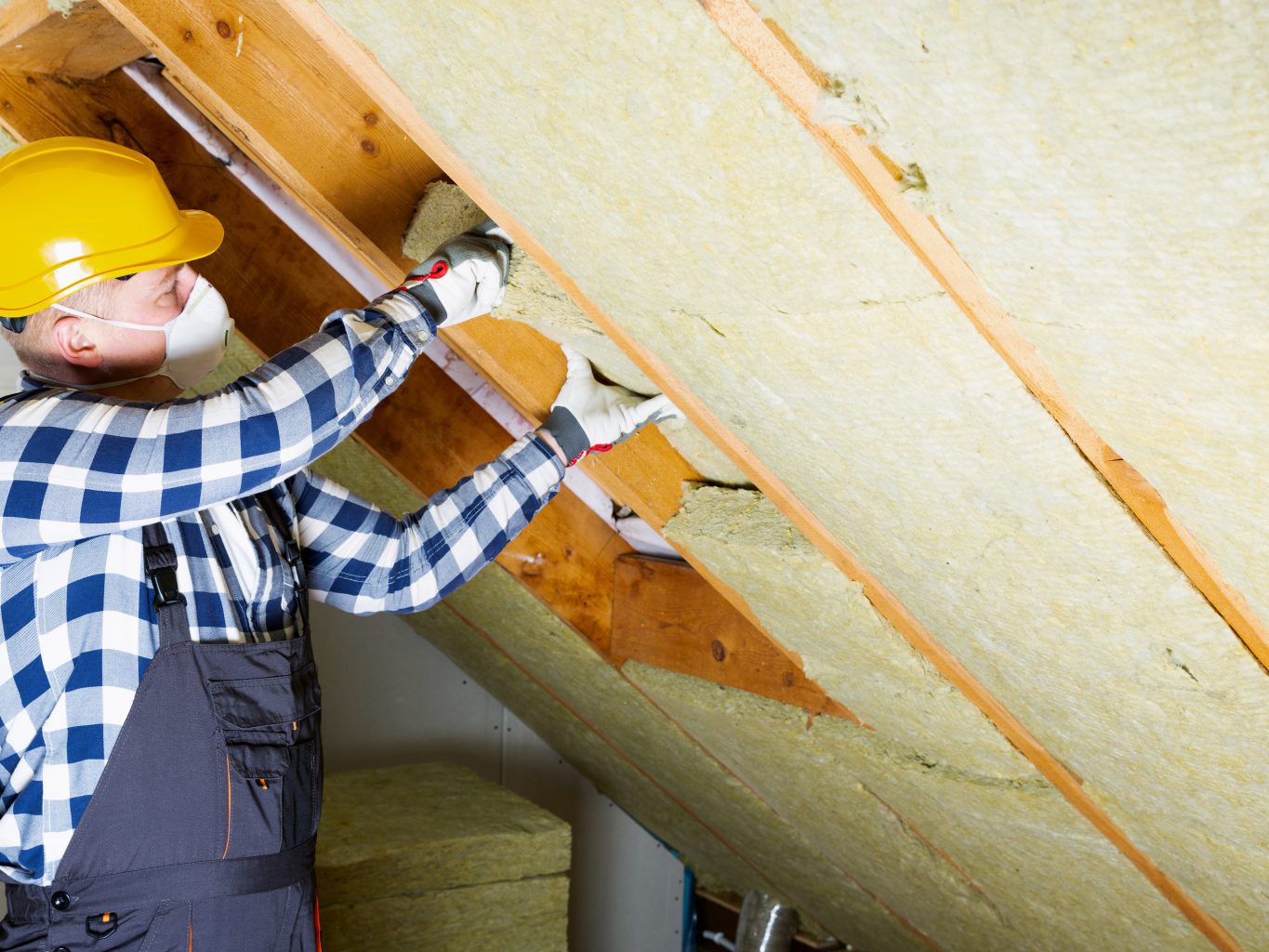By James Dulley
Adequate attic ventilation is extremely important to reduce your utility bills and to avoid damage to the roof and attic structure. Having a vent in each side of the gable was the typical attic ventilation configuration in older houses, but today it is considered woefully inadequate for an efficient house.
People often think of attic ventilation as being important only during summer to keep air-conditioning costs under control, which it does. A typical dark shingle roof can easily reach 170 degrees and the air temperature inside the attic can reach 140 degrees without adequate ventilation.
Even with enough insulation on the attic floor, this extreme radiant heat transfers through the insulation to the ceiling below. What makes things worse is all the structural lumber in the attic also reaches 140 degrees by afternoon. With its thermal mass, it can stay hot well into the evening and continually transfer heat into your house.
During winter, the attic can get cold. No matter how well the vapor barriers were installed in your walls and ceiling, indoor air and water vapor get into the attic. If this moisture-laden air is allowed to collect in the attic and, even in relatively mild climates, it can condense on the lumber and drip onto the insulation. The R-value of insulation is much lower when it is damp so more heat is lost through the ceiling.
In cold climates where the temperature often drops below freezing at night, it is even more important to ventilate the attic to keep the roof cold. If warm air from the ceiling below stagnates near the roof peak, it can melt snow on the roof. This water runs down the roof to a cooler area and refreezes causing an ice dam. Over time this dam causes water to back up under the shingles and leak into the attic and destroy the lumber. Its weight can also damage the gutters.
The ideal ventilation flow is coming in low over the insulation keeping it dry and cool. Some of it should flow up under the roof sheathing to keep it cooler and then exhaust out near the peak of the roof. This air flow out the roof peak keeps it cooler during summer and much colder during winter to minimize condensation and ice dam formation.
There are various attic venting options and all of them are better than gable vents. A combination of a ridge vent and soffit vents is most effective and not difficult to install yourself. Once you install proper new attic ventilation, you should block off the gable vents because they will interfere with the desired air flow. A good way to accomplish this is to staple extra attic foil over the gable vents to block them.
The ridge vent is located at the roof peak where the hot attic air is least dense so it naturally flows up and out. In addition to this, breezes over the top of the ridge vent cover create a low pressure area to draw even more air through the attic — the cool air is drawn in the soffit vents. This can be as effective as power vents which consume electricity.
Before you run out and buy vents, first calculate how much ventilation you need. This is measured by the net free vent area of the particular vent product you select. The net free vent area is marked on the packaging. It is always less than the actual area of the vent because of screening and other obstructions to the air flow inside the vent.
Measure the area of the attic floor to determine what is needed. A typical rule of thumb is 1 square foot of net free vent area for each 150 square feet of attic floor area. This amount of vent area should be divided evenly between the ridge vent and the inlet soffit vents. Check inside the attic to be sure the insulation is not blocking the soffit vents. If necessary, attach small baffles to keep the insulation from blocking them.
For example, if your attic floor area is 30 by 50 feet, you would need 5 square feet of net free vent area in the ridge vent and the same amount in the soffit vents. If you choose to run the ridge vent all the way across the roof because it looks better, even if it is more ventilation than you actually need, match it with the proper amount of inlet soffit vents.
Depending upon how much inlet soffit vent area you need and the depth of your soffits, you may find it easiest to install continuous lengths of under-eve soffit vent. This is less time consuming than sawing many small rectangular holes and installing individual soffit vents.
To install the ridge vent, saw a slot along the roof ridge with a circular saw. Based upon how much free vent area is needed, determine the vent length needed. A typical 1-foot-wide ridge vent provides 18 square inches of net free vent area per lineal foot.
James Dulley writes utility bill-cutting and general money-saving magazine articles and writes nationally syndicated $ensible Home and Cut Your Utility Bills columns for 200 newspapers and magazines.

